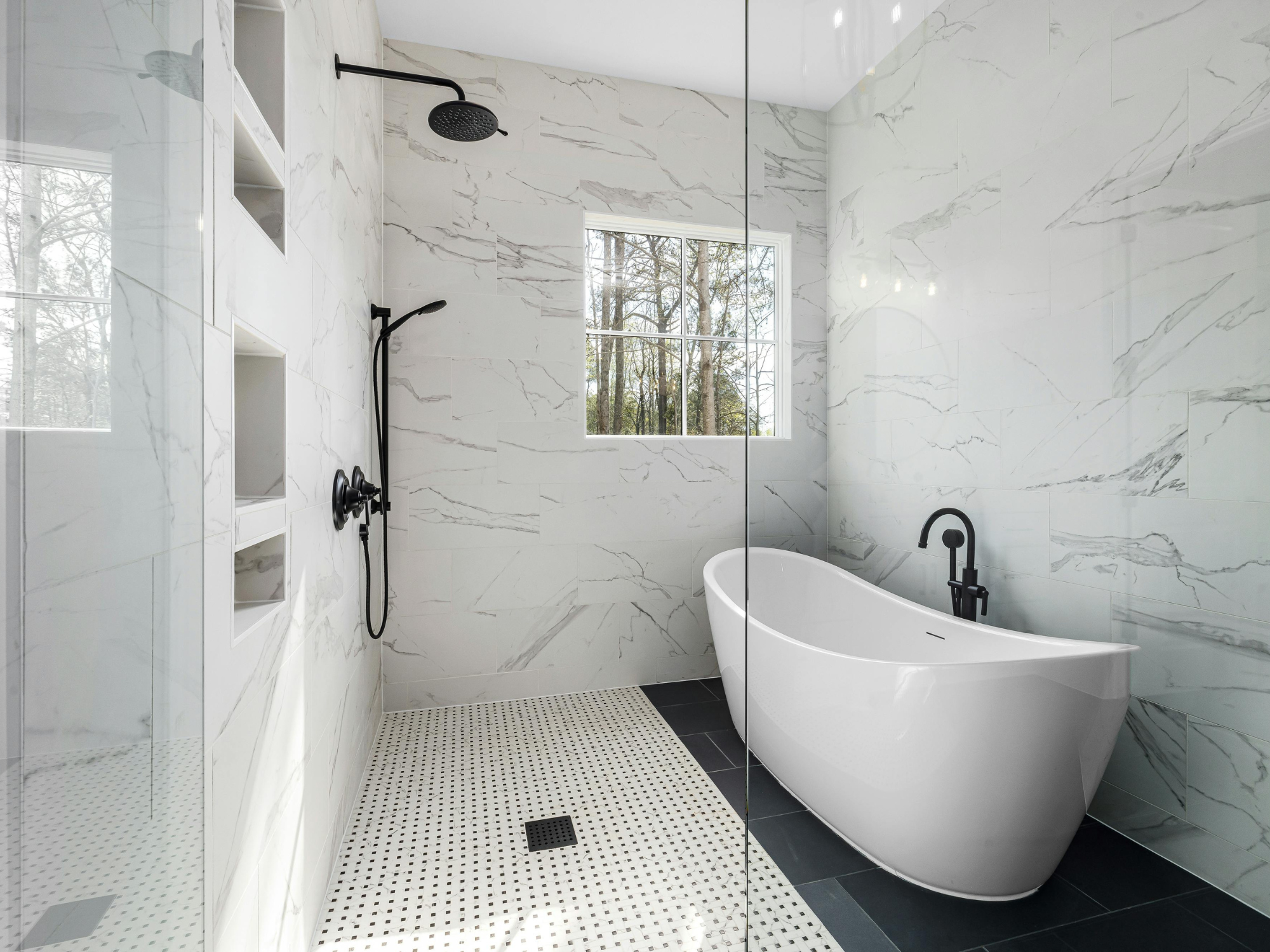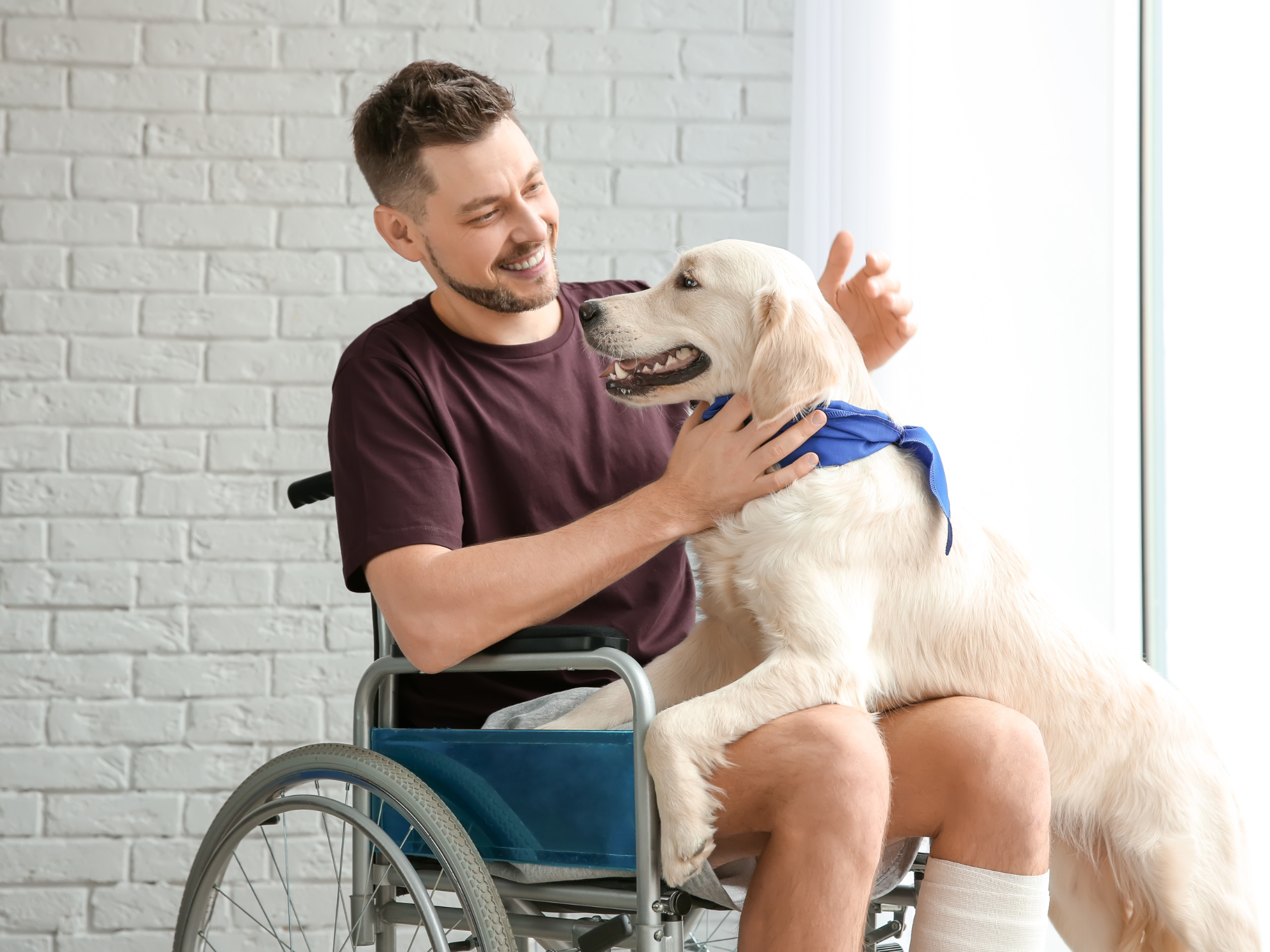
For Pittsburgh homeowners and property managers, accessibility is becoming more important than ever. Whether you're supporting an aging family member, recovering from surgery, or working to meet ADA compliance at your business, vertical platform lift installation offers a practical and dignified solution.
Unlike ramps, which require extensive space, or elevators, which can be expensive and invasive, vertical platform lifts are compact, cost-effective, and relatively quick to install. They offer safe, motorized access between levels—typically between ground level and a porch, entryway, or raised floor.
If you're researching options for vertical mobility at home or on your property, this guide will walk you through how the process works and why choosing a local installer can make all the difference.
A vertical platform lift, or VPL, is a motorized elevator designed to carry a person—typically in a wheelchair or with a mobility aid—between two fixed levels. Often used as an alternative to ramps or stairlifts, VPLs are suitable for both indoor and outdoor applications.
Common placements for a VPL include:
VPLs are typically open, with safety gates and controls that are easy to operate. They’re designed to be weather-resistant, code-compliant, and compact enough to fit into tight areas where ramps simply won’t work.
Pittsburgh’s geography and housing stock often make stairs unavoidable. From the steep hills of Mount Washington to narrow entryways in neighborhoods like Brookline or Bloomfield, steps are everywhere—and they pose real challenges for residents with mobility issues.
Vertical platform lifts are ideal for:
If you're unsure whether your property is a good candidate, a free in-home or on-site assessment from a local team can help you evaluate layout, elevation changes, and potential lift models.
Each accessibility solution has its place—but when it comes to compact vertical travel, VPLs often strike the best balance of function, footprint, and cost.
Here’s how they compare:
At 3 Birds Accessibility – Pittsburgh, we’ve installed VPLs in homes, churches, clinics, and commercial spaces across Western Pennsylvania. Here’s what the process typically looks like:
We begin with a free assessment of your location. We'll take measurements, assess elevation and approach, confirm electrical access, and determine whether permitting is needed.
You’ll choose from a range of VPL models, including weather-resistant outdoor units, enclosed lifts for indoor spaces, and optional features like automatic gates or wireless remotes.
We handle any required local permits and site preparation, including concrete pads, electrical setup, and anchoring systems.
Most VPL installations take just one to two days once prep work is complete. Our team ensures everything is secure, level, and code-compliant.
We walk you through operation, safety features, and maintenance tips so you feel confident using your new lift from day one.
Absolutely. Modern VPLs are built to handle the elements—including Pittsburgh’s wet winters and humid summers. They’re made from powder-coated or galvanized steel, with non-slip platforms, sealed controls, and optional canopies or enclosures for added protection.
Maintenance is minimal, but routine checks are recommended annually to ensure optimal performance and safety. Our team provides service and support long after installation, so you’re never left with questions or issues.
How much does vertical platform lift installation cost in Pittsburgh?
Costs vary based on elevation, features, and installation complexity, but most residential VPLs start around $8,000–$12,000 installed. We provide clear estimates with no hidden fees.
Is it covered by insurance or Medicare?
Most lifts are considered home upgrades and are not covered by Medicare. However, VA benefits, Medicaid waivers, or state grants may assist eligible applicants.
Can a VPL be installed indoors?
Yes. While most are used outdoors, VPLs can also be installed inside homes with sufficient space—especially in garages or sunken entry areas.
How much weight can a VPL hold?
Most standard residential lifts are rated for 600–750 pounds, with commercial models available for heavier use.
Is it noisy?
Not at all. VPLs operate quietly with smooth, hydraulic or screw-drive systems.
Installing a VPL isn’t just about picking the right model—it’s about working with a team who understands the layout of your home, your city’s permit requirements, and the daily realities of Western PA living.
At 3 Birds Accessibility – Pittsburgh, we provide:
We’re not just installers—we’re partners in helping you or your loved ones stay safe, independent, and at home.
If you’re ready to make your home, business, or public space more accessible, a vertical platform lift is one of the most efficient and impactful upgrades you can make.
Schedule your free consultation today and let us help you find the best solution for your space, your needs, and your future.

Nov 27, 2025
Barrier-free showers — also known as roll-in or curbless showers — have become one of the most requested accessibility upgrades for homeowners in Pittsburgh.

Nov 24, 2025
Wheelchair ramps are one of the most effective ways to make a home safely accessible. Whether you're supporting an aging parent, accommodating a loved one with mobility limitations, or preparing your home for long-term aging in place, choosing the right ramp is essential for comfort, safety, and independence.

Nov 21, 2025
While ADA regulations do not legally apply to private homes, many homeowners choose to follow ADA guidelines when remodeling a bathroom for aging in place, mobility challenges, or disability accommodations.

Nov 18, 2025
For homeowners with mobility challenges, improving access to porches, decks, garages, or different levels of the home often comes down to two primary solutions: a vertical platform lift (VPL) or a ramp.